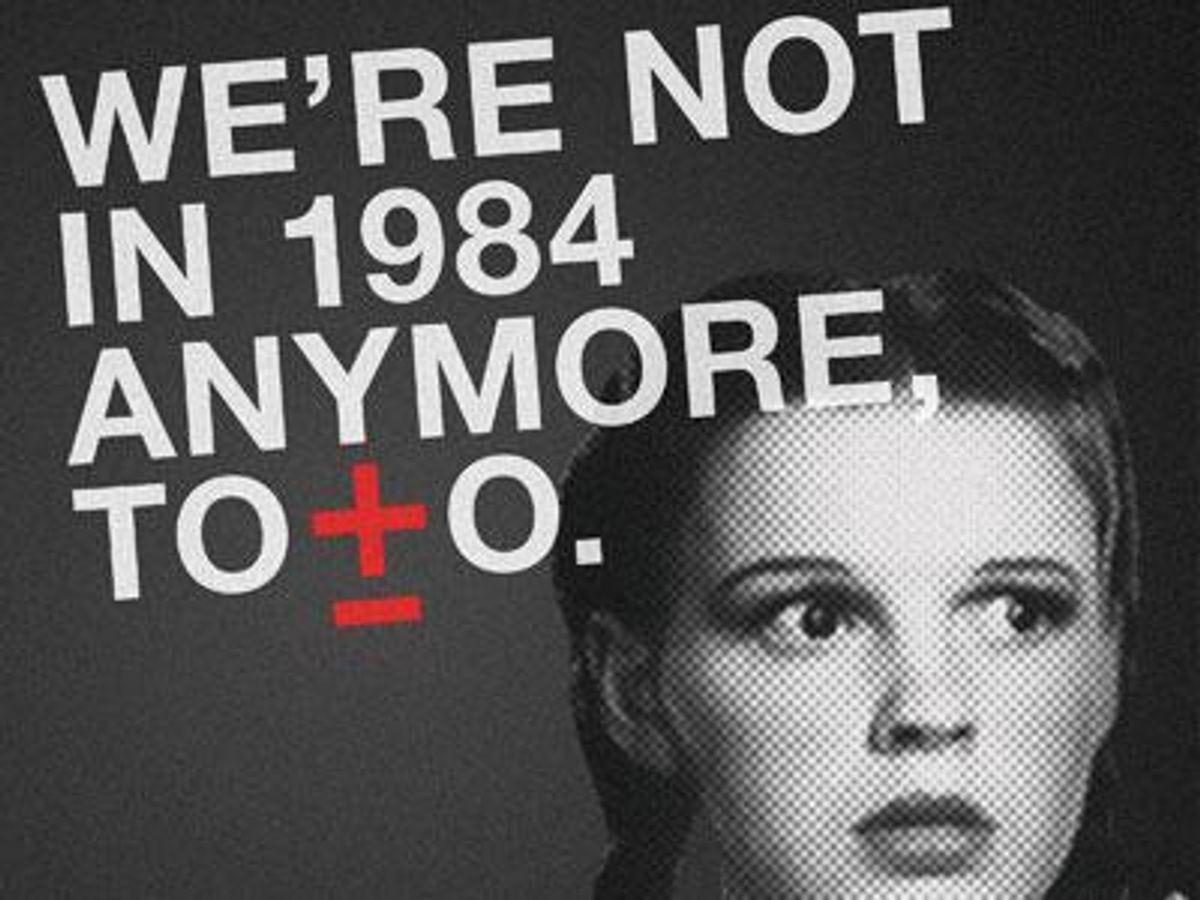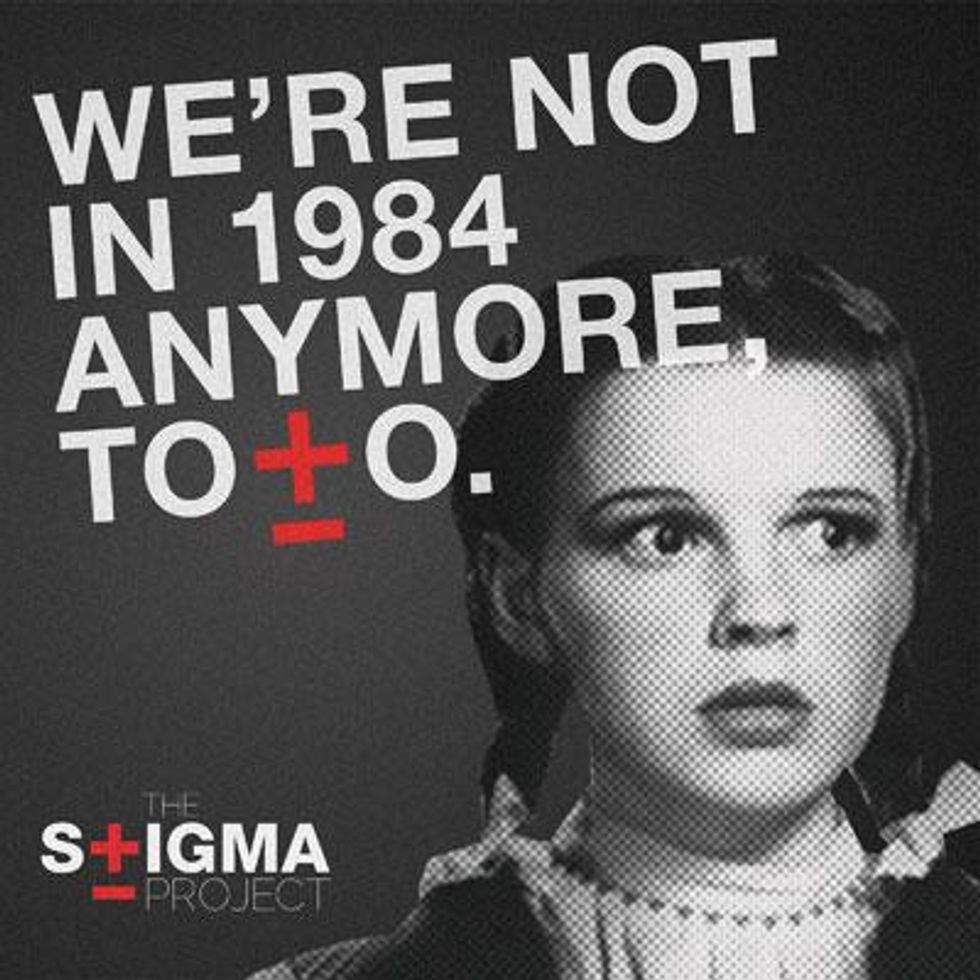
Thousands of young Americans are living with HIV, but their generation doesn't really talk about the epidemic. On this Youth AIDS Day, one organization takes the task to heart.
April 10 2014 4:50 AM EST
November 17 2015 5:28 AM EST
By continuing to use our site, you agree to our Private Policy and Terms of Use.


While there's no doubt that today's young people have grown up in a world of rapid, constant change, aided by unprecedented technological advances, this group is not so simple as to be generalized with off-base claims speaking to their morality or their "sext lives."
Today's youth are smart. They adapt quickly because they have to. They can use technology better than you. My nephew knows how to operate his iPad better than I do, and he's barely 4.
If we are to make a real impact on reducing the number of HIV infections among our young people, we must do two things: First, we have to stop thinking about young people as though they are a lost cause. Second, we have to communicate in a way that feels authentic to them.
My organization, the Stigma Project, uses social media, advertising, marketing, and imagery charged with pop culture to reach youth. We know we have to compete with consumer brands that have massive advertising teams, a 24-hour news cycle, and a barrage of ongoing noise. And, being that HIV and sexual health have historically been topics that people whisper about -- as in, not topics that pop up in everyday conversation -- I'd say there are some challenges.
(RELATED: 20 Proven Ways To Get Young People Talking About HIV)
The first being a simple matter of time. Three to five seconds -- that's the standard amount of time you have to get young people to pay attention. The next challenge? Delivering the message that will educate them. Wait, not done. Then you have to inspire them to take action. And in a perfect world, you get them to stay engaged with your brand.
Our organization focuses on a number of things in order to get youth information and further engaged in ending the epidemic, and we try to be proactive to real-time events. Take, for example, Kristopher Sharp, who became the victim of a smear campaign while running for vice president of the University of Houston-Downtown's student government. The attacker published his personal health information, including his HIV status. In response, we created a high-impact graphic, or "meme," showing our support and solidarity for him. He received countless messages of support, got national media attention, and won his election. Today, he works for U.S. Sen. Patty Murray of Washington.
One of the darkest times during our nation's history was when some in our government and countless others decided to simply ignore an epidemic. Instead of coming to the aid of those who were suddenly dying, they turned their backs out of hatred, or at least ignorance. They didn't want to admit there was a virus killing thousands of men, because they didn't understand them, nor did they want to understand them. I know that today's epidemic is much different. The Stigma Project makes a point to be very clear about this. But unless we commit to understanding our young people, we're still stuck with a rate of HIV infection among young people that is inexcusable.
Our organization's branding is the foundation for everything. We like to consider every detail when coming up with a campaign, from design aesthetic to what time of day the image will be shared, and who will likely share it. Even our Plus/Minus symbol does this by being our official symbol, by being a coalition builder among positive and negative individuals.
There is no one-size-fits-all approach to reach youth on such a broad and quite serious topic as HIV. The only thing that is true is that you must be committed to learning more, adapting to new trends, and maybe being open to starting conversations with every like, ping, and tweet.
CHRIS RICHEY is the CEO and cofounder of The Stigma Project.
Viral post saying Republicans 'have two daddies now' has MAGA hot and bothered